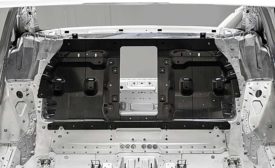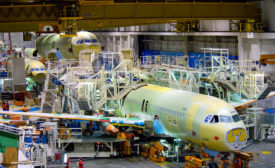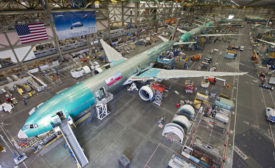Home » Keywords: » composites joining
Items Tagged with 'composites joining'
ARTICLES
Adhesives and fasteners can be used to assemble many types of composite parts
Read More
Never miss the latest news and trends driving the manufacturing industry
Stay in the know on the latest assembly trends.
JOIN TODAY!Copyright ©2025. All Rights Reserved BNP Media.
Design, CMS, Hosting & Web Development :: ePublishing






